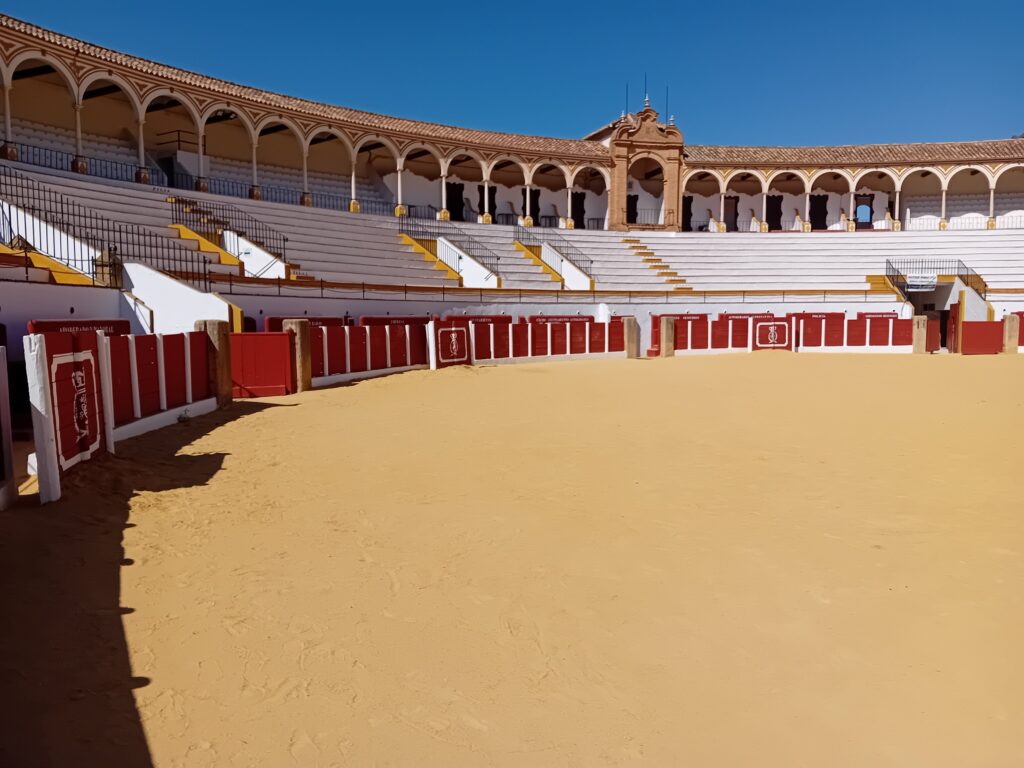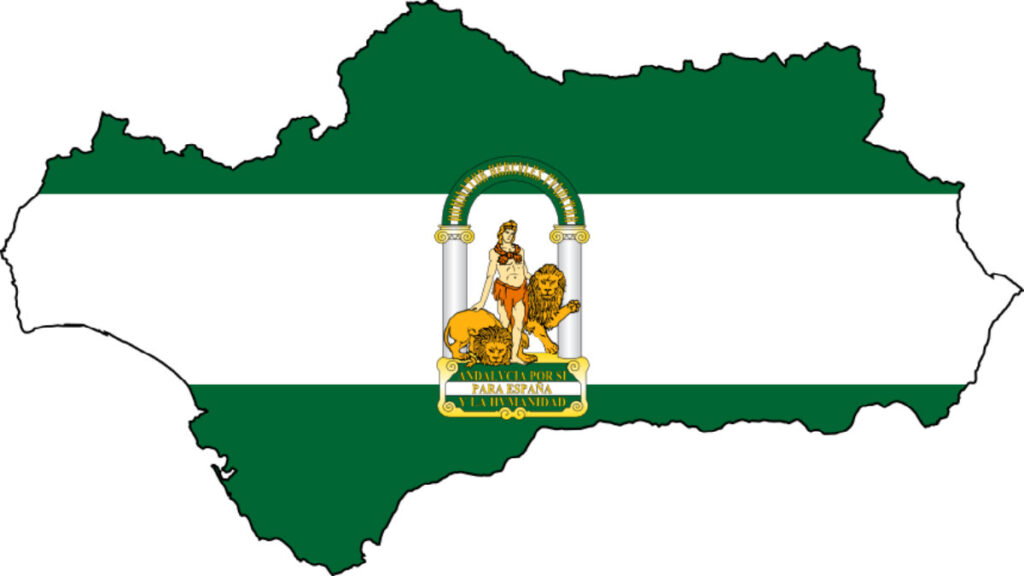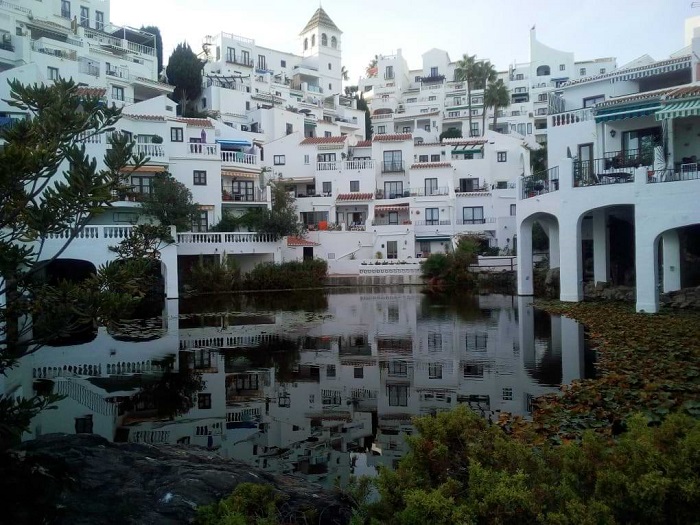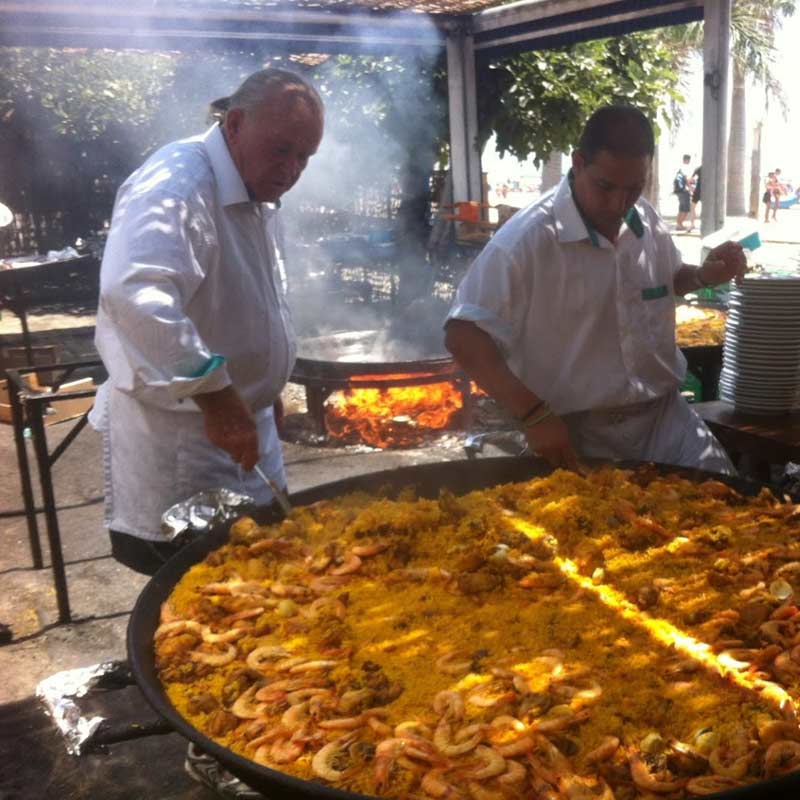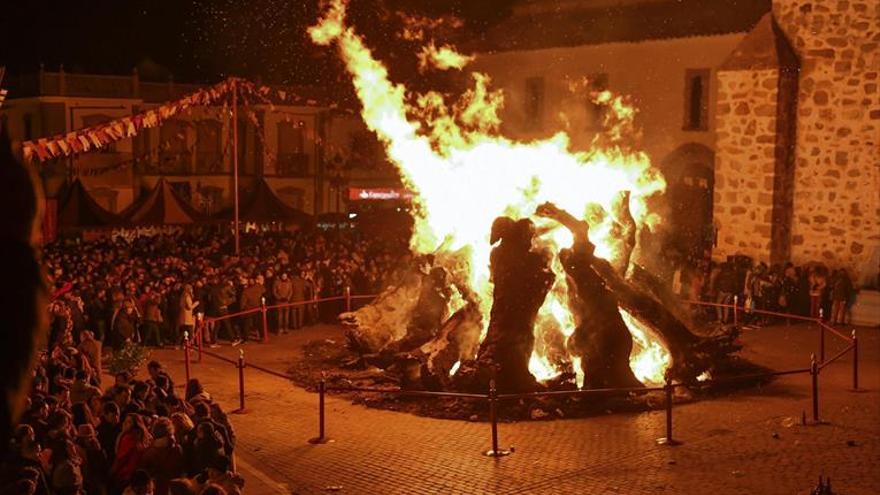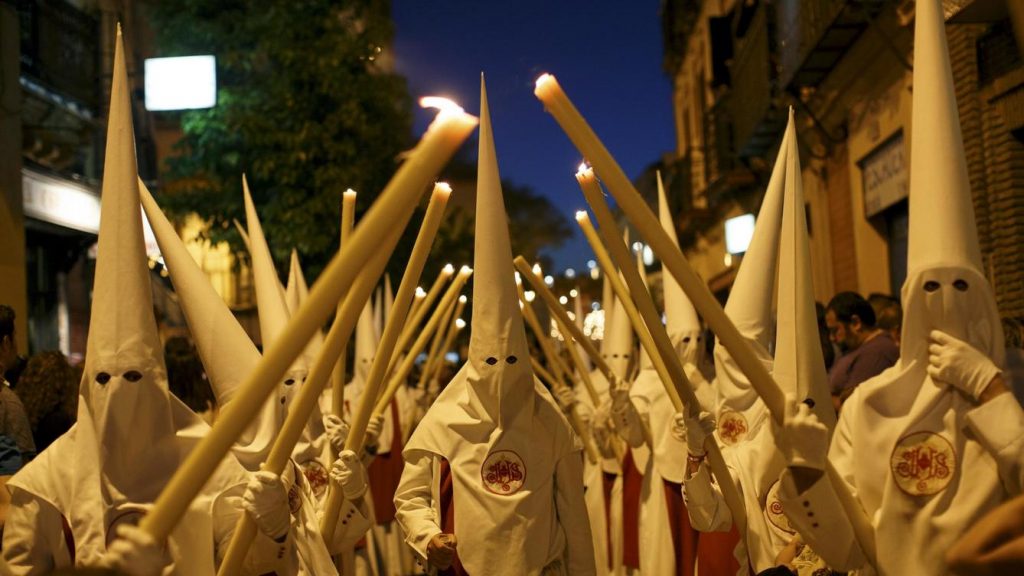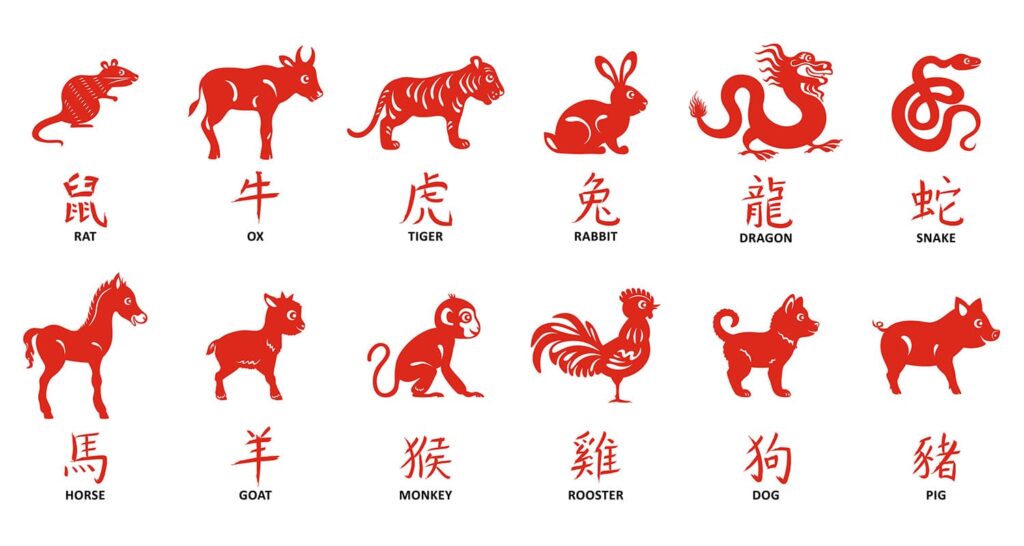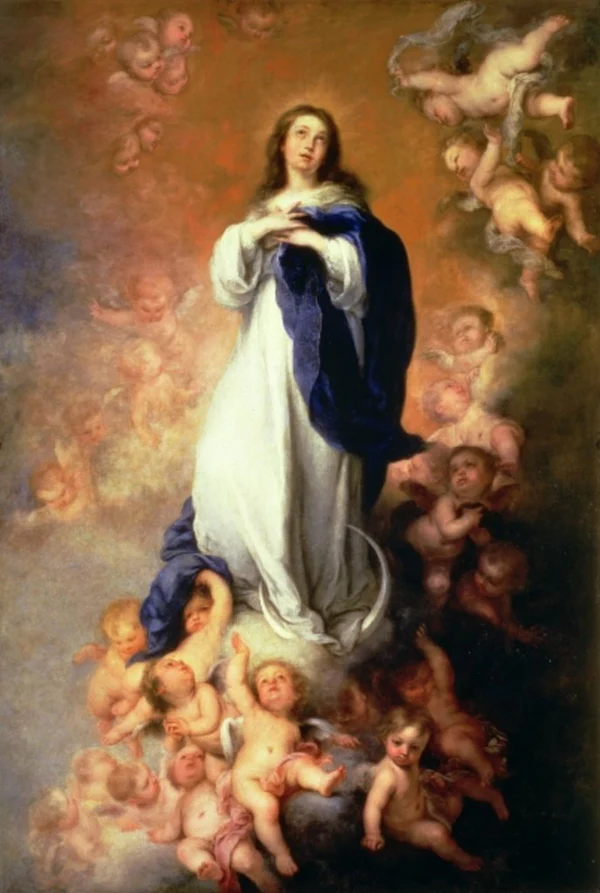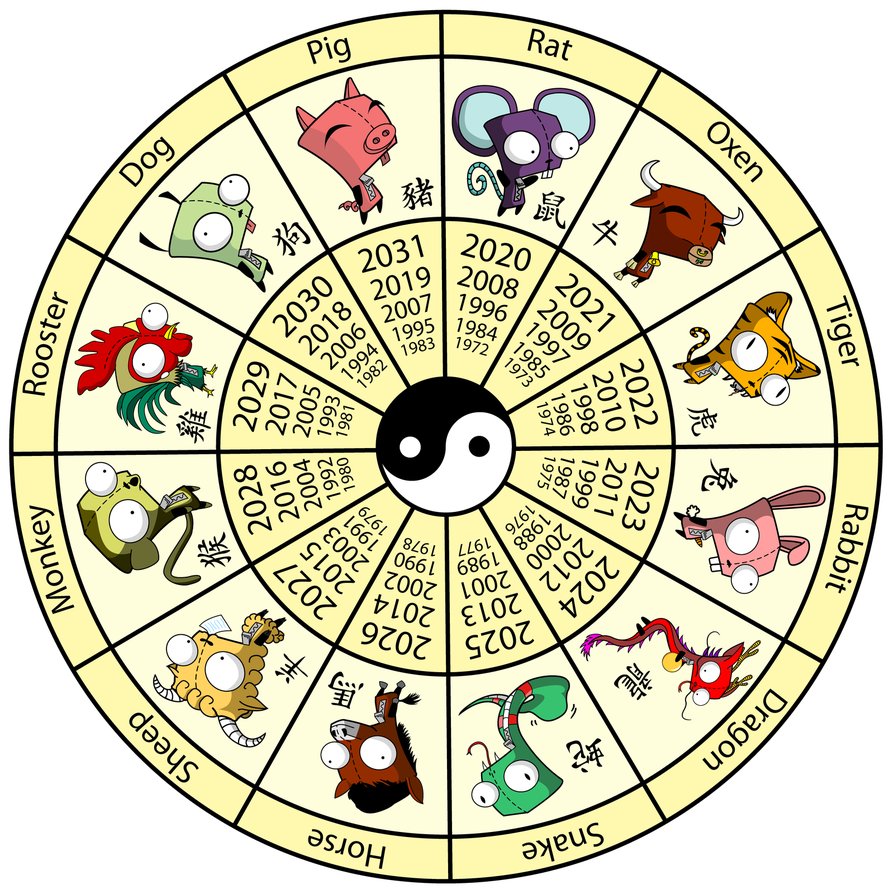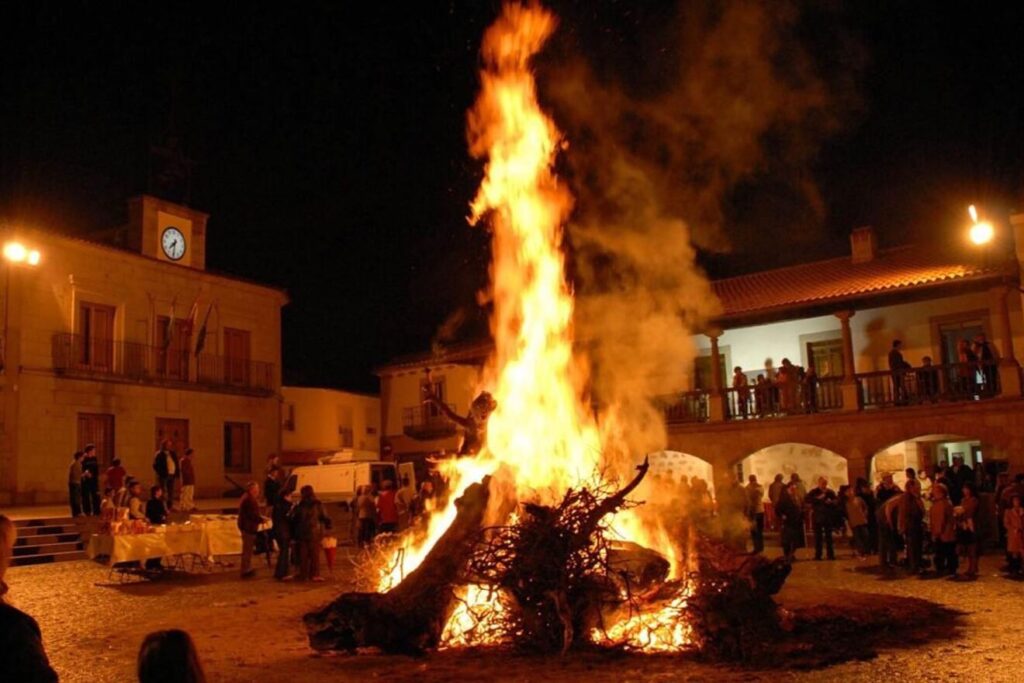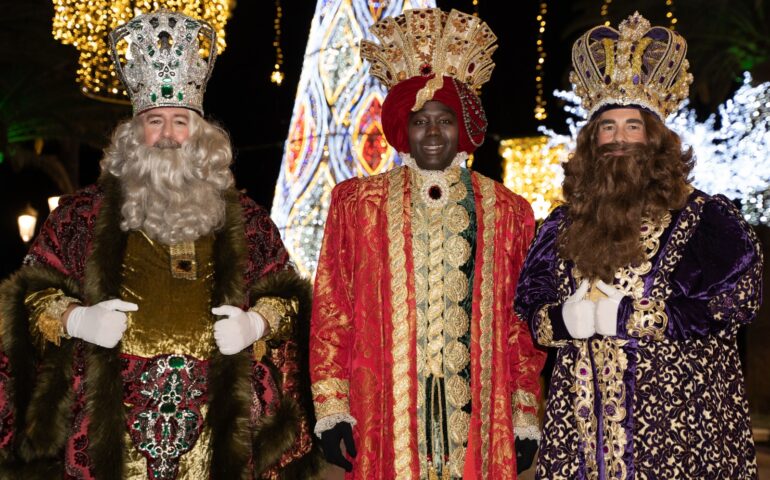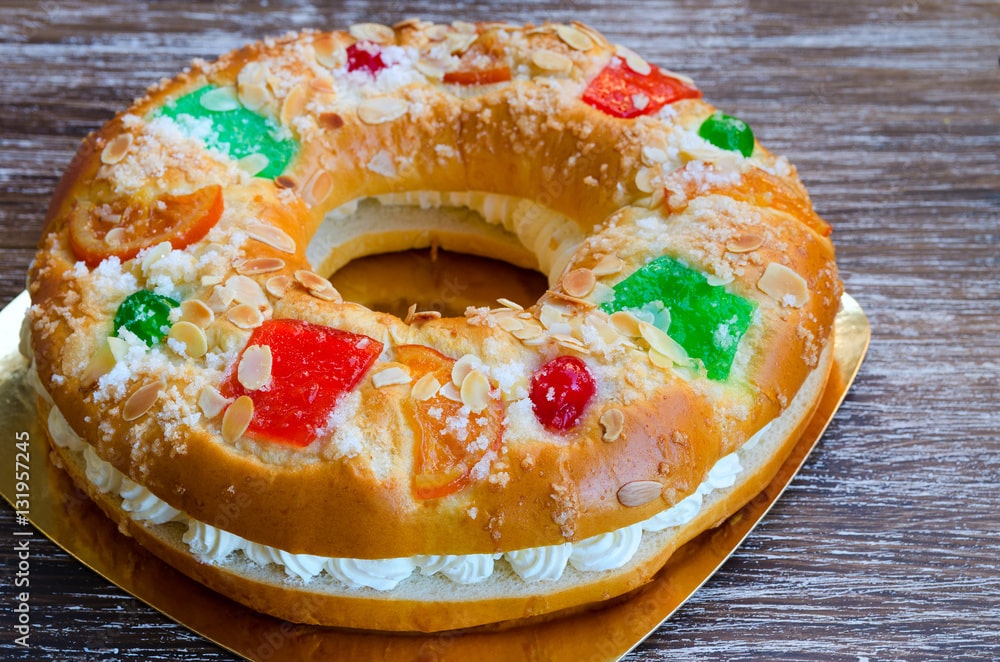The Origins of Ramen
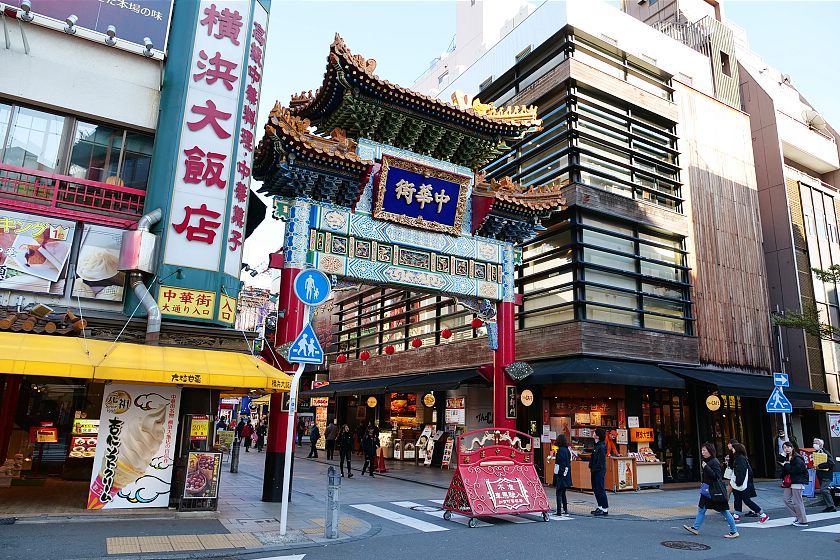
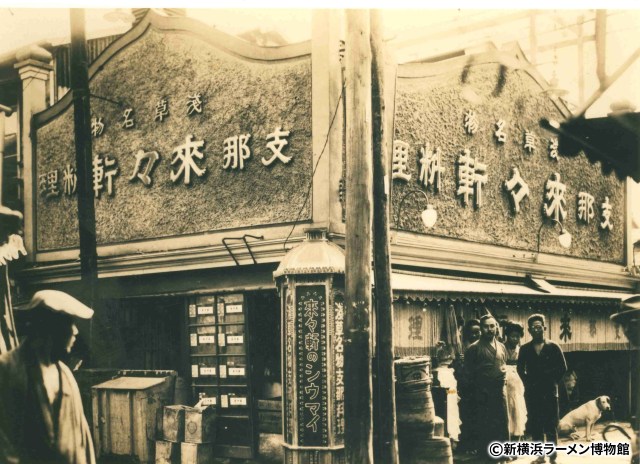

For some unknown reason, lately, I have become alñmost obsessed with Ramen! So much so, I have invested in authentic Ramen Bowls and other paraphernalia.
To my utter delight, you can actually get authentic ramen in Nerja. One such place is the Sakura restaurant.
When you delve into the story of ramen, you discover it’s a dish with cross-cultural roots and a surprising evolution. While ramen is today synonymous with Japanese comfort food, its origins can be traced back to Chinese-style wheat noodles introduced to Japan in the late 19th and early 20th centuries. (Encyclopedia Britannica)
In particular, the port city of Yokohama, with its significant Chinese immigrant population, played a key role. There, Chinese restaurants served soupy wheat noodles, which Japanese patrons adapted and came to call “ramen”. (artsandculture.google.com)
Over time, ramen moved from immigrant neighbourhoods to mainstream Japan — especially after WWII, when food rationing pushed flour-based wheat noodles into prominence and allowed ramen shops to proliferate. (ramenmuseum.nyc)
Interesting fact: The term “ramen” likely comes from the Chinese lā miàn (拉麵, “hand-pulled noodles”), though the Japanese dish uses cut noodles rather than pulled ones. (Wikipedia)
Where It’s Most Popular & Its Spread
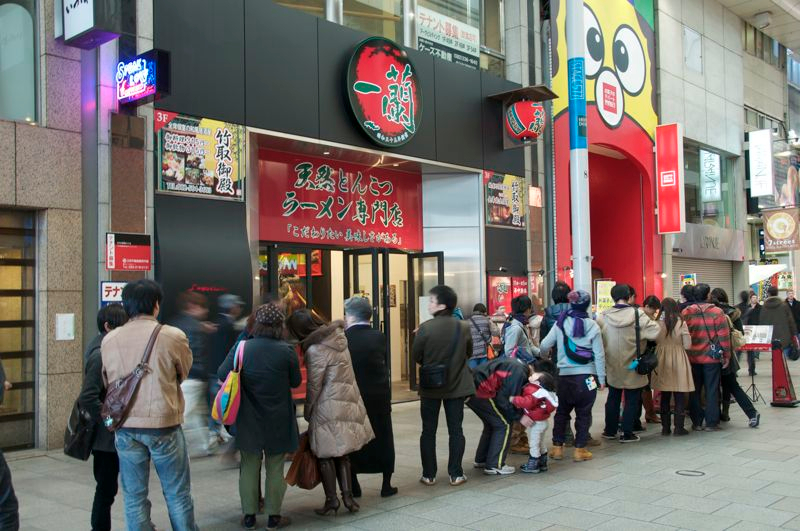
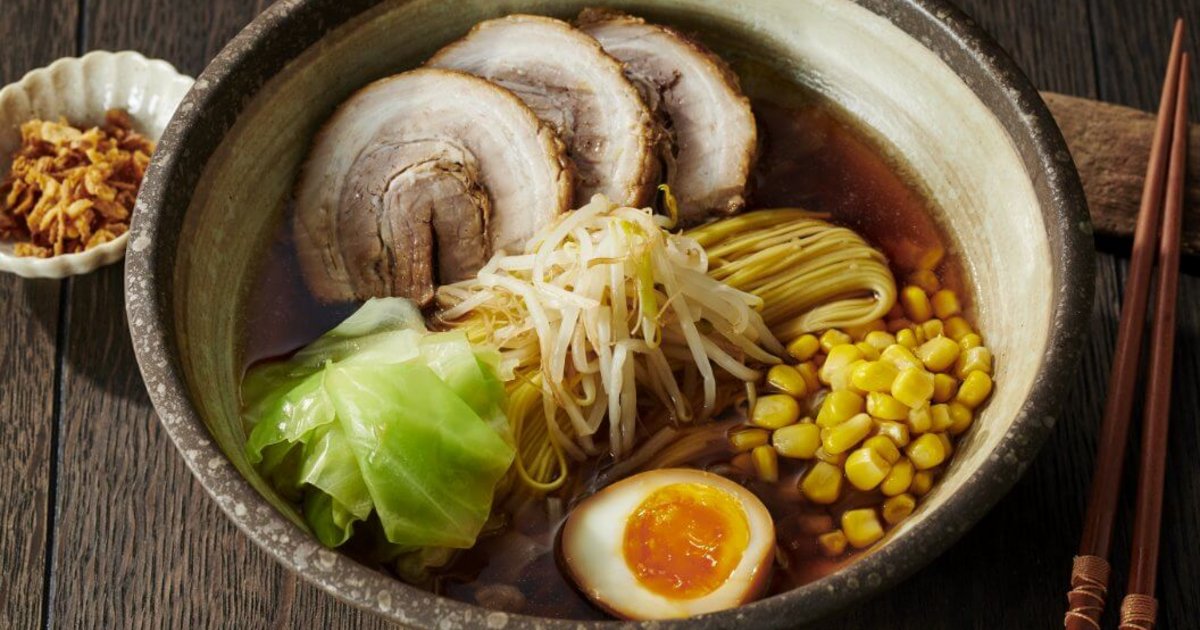
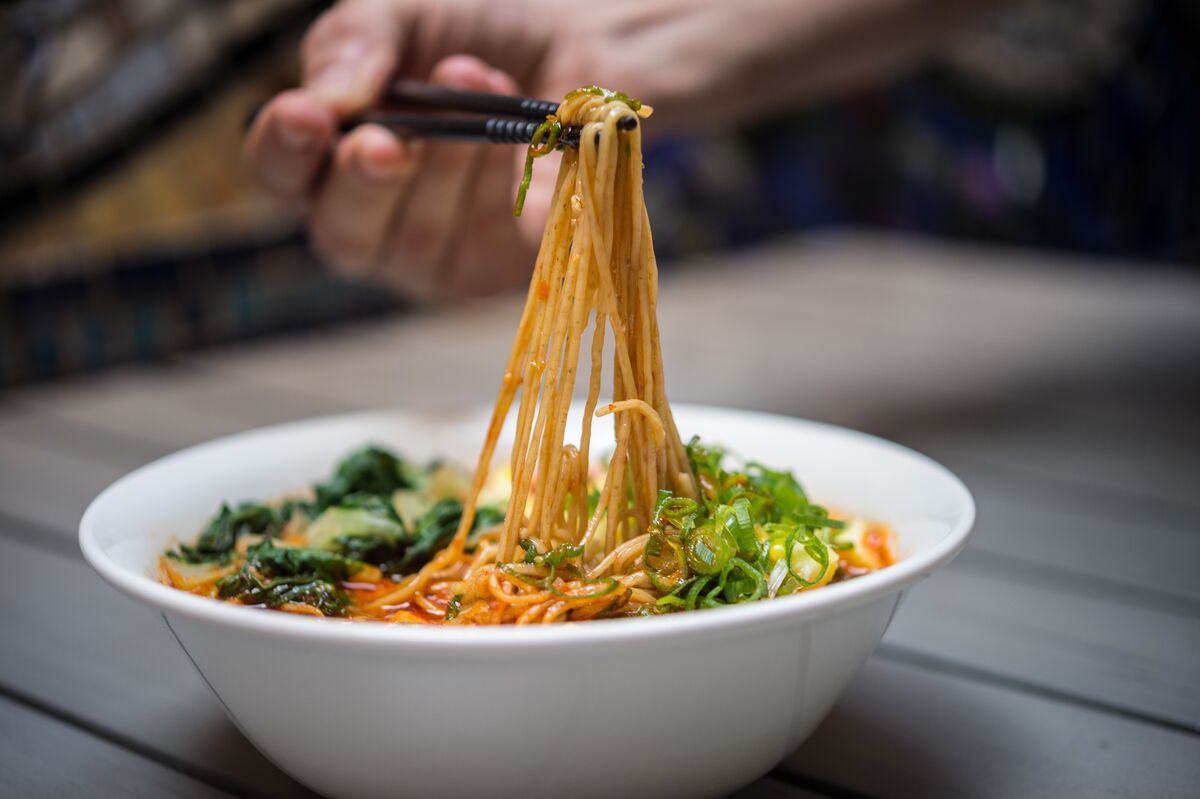
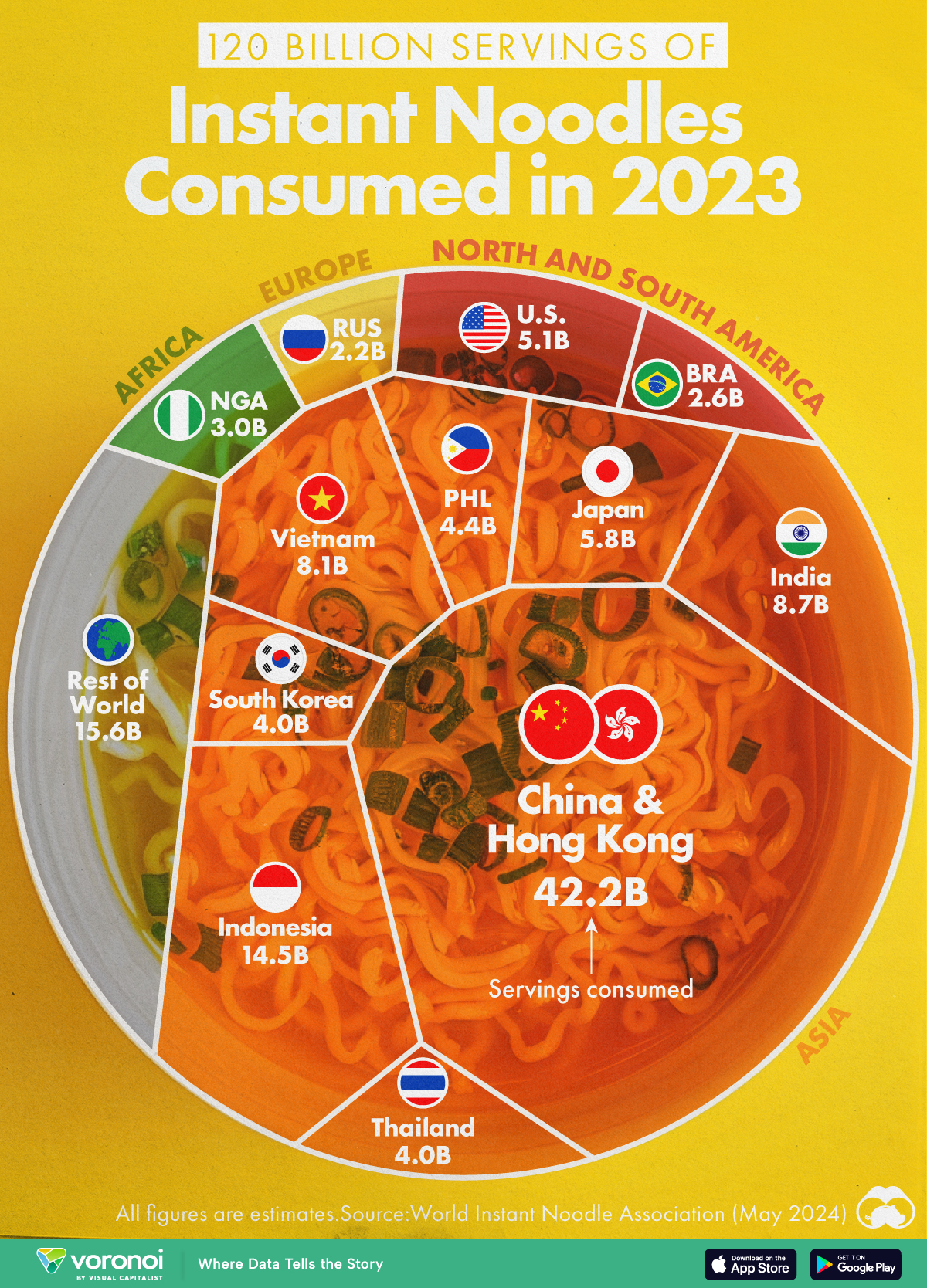
While ramen is everywhere in Japan today, some places stand out:
- In Japan, you’ll find specialised ramen shops (ramen-ya) as national staples. (Wikipedia)
- Internationally, ramen has become a global icon of Japanese cuisine. For example, in the United States there are thousands of restaurants serving ramen. (HelloFresh)
- Also worth noting: the invention of instant ramen by Momofuku Ando in 1958 massively boosted the dish’s global reach. (ramenmuseum.nyc)
Thus ramen is both deeply local (in its Japanese regional variants) and global (as a comfort-food phenomenon).
Regional Differences in Japan

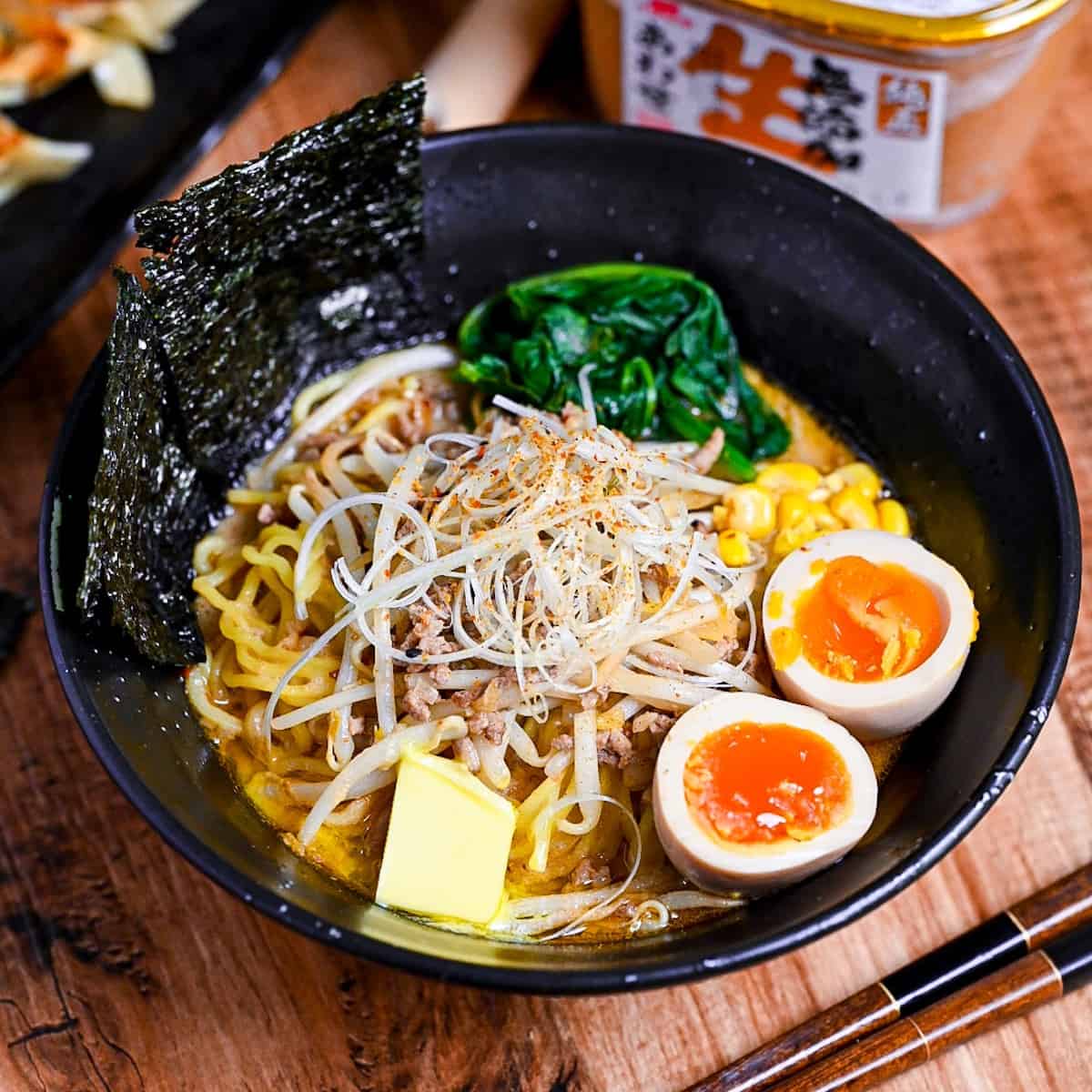

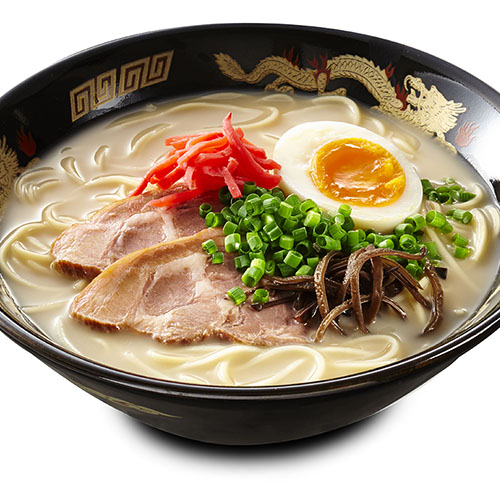
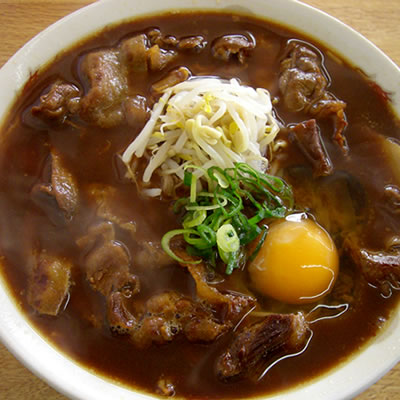
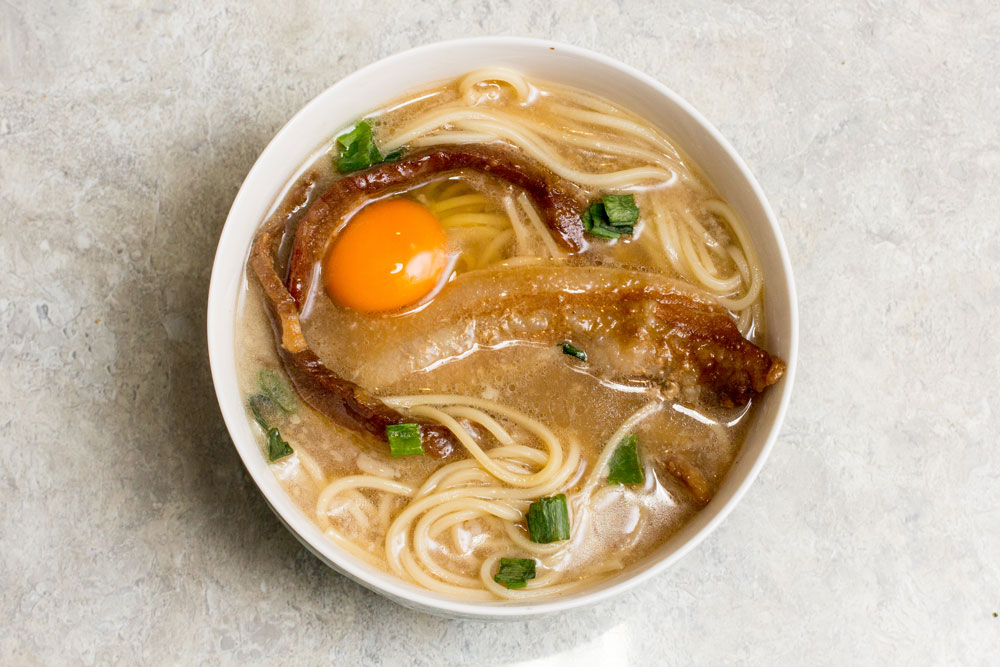
One of the richest parts of ramen culture is how each region of Japan has its own take. Some key distinctions:
- Miso Ramen from Hokkaido (northern Japan). Here the broth uses miso paste and is often richer, perfect for cold weather. (Serious Eats)
- Tonkotsu Ramen from the southern island of Kyushu (specifically near Fukuoka). It features a milky‐white pork-bone broth and thin straight noodles. (japan.travel)
- Shōyu Ramen (soy-sauce based) such as found in the Tokyo / Kanto region. Typically clearer broth, medium noodles, and soy seasoning. (Serious Eats)
Other variations abound: for example, in Toyama the “Toyama Black Ramen” features a dark soy-based broth. (japan.travel)
These differences reflect local ingredients, climate and historic influences. For instance the hearty miso ramen suits cold Hokkaido weather; the richer pork-bone tonkotsu suits the Kyushu palate; the soy-sauce style fits the Kanto region’s lighter tastes.
Popular Ramen Recipe (Classic Shōyu Style)
Here’s a simple version of a ramen recipe you can try at home, inspired by standard methods.
Ingredients (serves ~4):
- ~1 kg chicken carcasses or chicken bones + ~500g pork soup bones (for stock) (RecipeTin Japan)
- 1 onion, 3 green onion stems, a piece of ginger, 2 garlic cloves.
- 4 L of water
- For the flavouring base (tare): ~2 tbsp soy sauce, ~1½ tsp mirin, salt to taste.
- Fresh ramen noodles (~80-100g per person)
- Toppings: slices of chāshū (braised pork), half a soft-boiled egg, green onion, nori seaweed.
Method:
- Blanch the bones in boiling water (~10 min), drain and rinse them to remove impurities. (RecipeTin Japan)
- Add the cleaned bones and aromatics (onion, ginger, garlic) into the pot with fresh water; bring to a boil, skim off scum, then reduce the heat and simmer for ~2 hours.
- After simmering, strain the broth and add the flavouring base (tare) into each bowl.
- Cook the noodles according to package or fresh instructions, drain and place into bowls.
- Pour the hot broth over noodles, add toppings, and serve immediately.
Tips:
- Use fresh noodles if possible for the best texture.
- Taste the broth and adjust salt/soy as needed after adding tare.
- Eat the ramen while hot — the noodles and broth deteriorate in texture if left too long.
In Summary
Ramen may seem like just a bowl of noodles in broth, but it carries with it a rich story: Chinese roots, Japanese innovation, multiple regional expressions, and global appeal. From the icy north of Hokkaido to the warm south of Kyushu, each Japanese region has made ramen its own.
Whether you’re enjoying a bowl at a specialist shop in Tokyo or whipping up a home version in your kitchen, you’re tapping into a culinary tradition that is both familiar and endlessly varied.


